So, you’ve decided you want to get fit and shape up, but gyms just aren’t your thing. Maybe you don’t live anywhere near one. Perhaps you can’t leave home because of the kids. Or maybe you simply can’t stand the idea of getting sweaty in front of strangers.
Even so, there’s no reason why you can’t still do gym workouts – you can always do them at home instead. Setting up a home gym needn’t involve a huge outlay of cash or heaps of equipment.
Here we reveal some top tips from Michelle Bridges, Gabi Bruce (who heads up the 12WBT fitness and nutrition Support Crew) and some of our awesome 12WBT Members.
Pick the Right Spot for Your Home Gym
The best place to set up a home gym is in an empty spare room, in the garage or on a covered outside deck. That way, you can leave the equipment out and ready to use whenever you need it.
Sadly, though, space is of a premium for many of us. So look at ways to adapt a room quickly by shifting furniture out of the way (adding caster wheels to furniture would make this easy). Having an easy-to-access storage place for your equipment would also make a huge difference.
How about using the living room in the mornings before the kids are up, or after they’ve gone to school? You could also move a few key pieces of furniture out of the guest room. The armchair may look great, but does any guest ever actually sit in it? Finding another home for it will save you having to shift things around each day. “You don’t want furniture Tetris to cut into your training time!” says Mish.
What to Buy for Your Home Gym
It can be tempting to rush out and buy a whole heap of equipment before you’ve even started exercising, thinking that turning your home into your own version of Fitness First will magically turn all your health and exercise dreams into reality.
But Mish is a firm believer that it’s better to start off with less equipment rather than more. “Just a couple of affordable pieces of equipment can really help you get the most out of your workout,” she says.
For example, investing in a ‘big-ticket’ item like a treadmill or exercise bike really isn’t worth it if you’re able to walk, run or cycle outdoors.
“A skipping rope is great piece of equipment for cardio,” says Gabi. “It’s super-affordable and takes up no space. And you can take it with you when you travel, so you can carry your home gym with you wherever you go.”
Gabi is also a huge fan of dumbbells as they’re incredibly versatile, and you don’t have to buy a whole set. Instead, you can pick a few weights that suit you now and add to them as you get stronger and fitter.
“I like dumbbells because you can use them for strength or as part of a cardio workout, and in workouts that can get your whole body moving,” she says.
What About the Cost?
Whatever equipment you buy, Gabi believes it’s worth paying a little extra for the best item you can afford, rather than going for something simply because it’s cheap.
“Invest in quality pieces from the outset – you’re going to use this equipment a lot, so you want it to be safe and to last,” she says.
“You want to be able to add new pieces to your gym over time, not just replace stuff you’ve already bought that hasn’t lasted.”
However, there are ways to keep costs down, such as looking for secondhand items on online sites such as Gumtree or eBay, and keeping an eye out for people selling equipment locally.
“Check with the gyms in your area – many sell their equipment when upgrading or renewing, and provided it has been well-maintained, you can get really good bargains,” says Gabi.
Tips From 12WBTers
Want to know how some 12WBT Members set up their own home gyms? Well, here’s what 12WBTer Esther got hold of so she could do the Lean & Strong Program at her home in the ACT:
- 1 skipping rope.
- 1 good-quality barbell (just the bar – it cost about $50 and weighs 8kg by itself).
- 1 dumbbell set with adjustable weights (the weights ranged from 500g up to 2.5kg, with each dumbbell weighing 10kg each when all the weights were on them). This was about $50.
- 2 lots of 5kg free weights. These were about $15 each from memory.
- The dumbbell weights can be put on the barbell and vice versa, so I find this combination gives me almost everything I need. With all the weights on the bar, it weighs about 35kg, which is more than enough for where I’m at right now.
- A bench is ideal, but I’ve survived without it.
Amanda from Queensland also set up her own gym. She spent a bit more, paying around $220 (including delivery) for a weights set that comprised of an adjustable bench, barbell bar, dumbbell bars and a total of 50kg in weights.
“I made myself a little gym in my garage,” she says. “For some exercises I had to be creative – for the chest pulls I bought two saw horses from Bunnings and rested my barbell on them to pull myself up.”
Make Your Own Equipment
Don’t forget that working out at home often doesn’t require any extra equipment at all. For example, you can use just your own bodyweight for exercises like push-ups, squats and lunges, while everyday items can be adapted to suit your purposes.
- Sturdy chairs, stools or benches can be used for exercises like tricep dips and step-ups.
- For upper-body workouts, use cans of soup or water bottles filled with water or sand as weights. These are great for bicep curls, tricep push-backs and shoulder presses.
- For lower-body workouts, fill a backpack with books or other heavy objects and hold it or strap it onto your back. This will add intensity to exercises like lunges, squats and sumo squats.

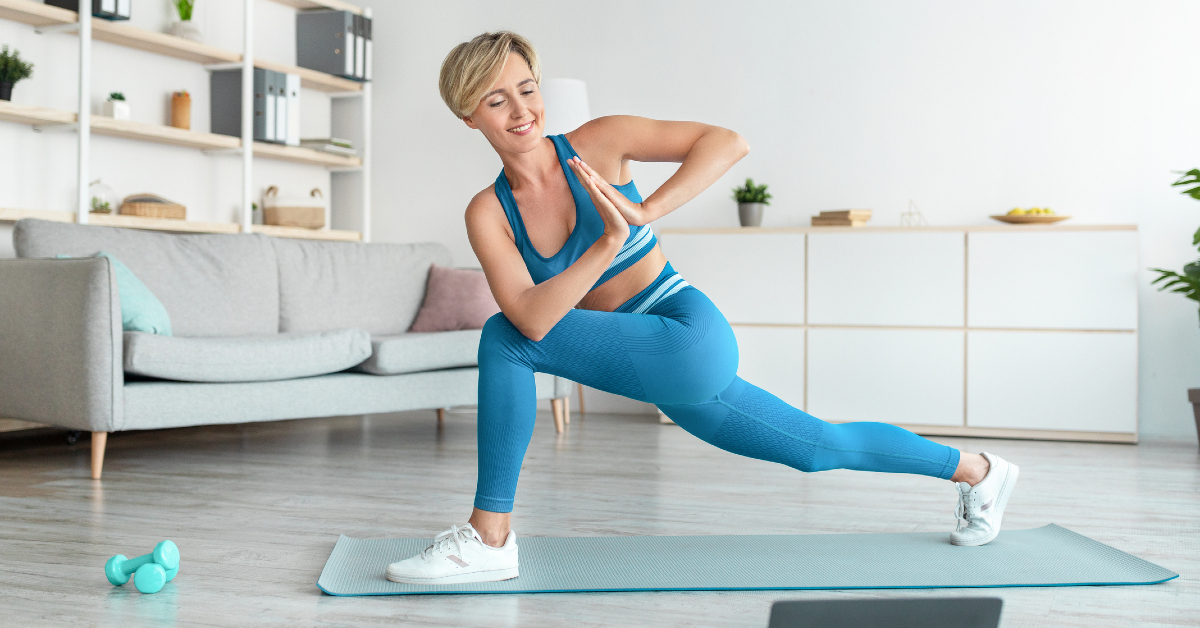
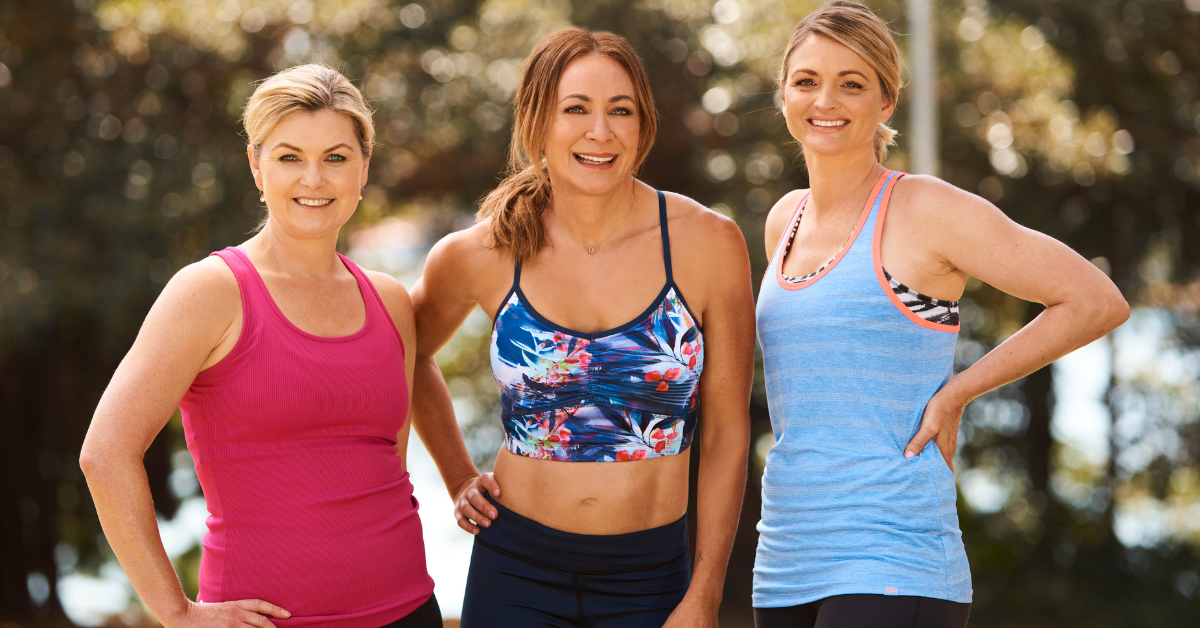
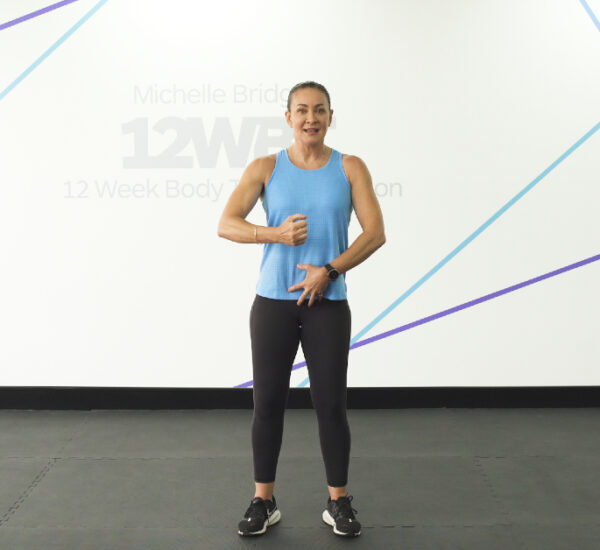
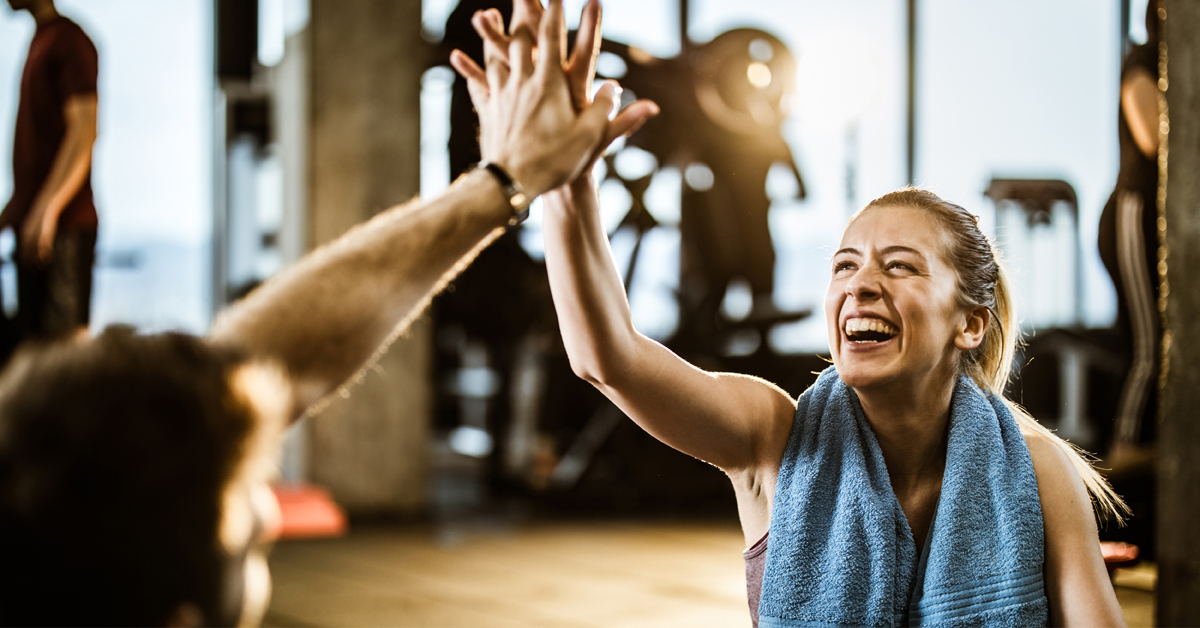
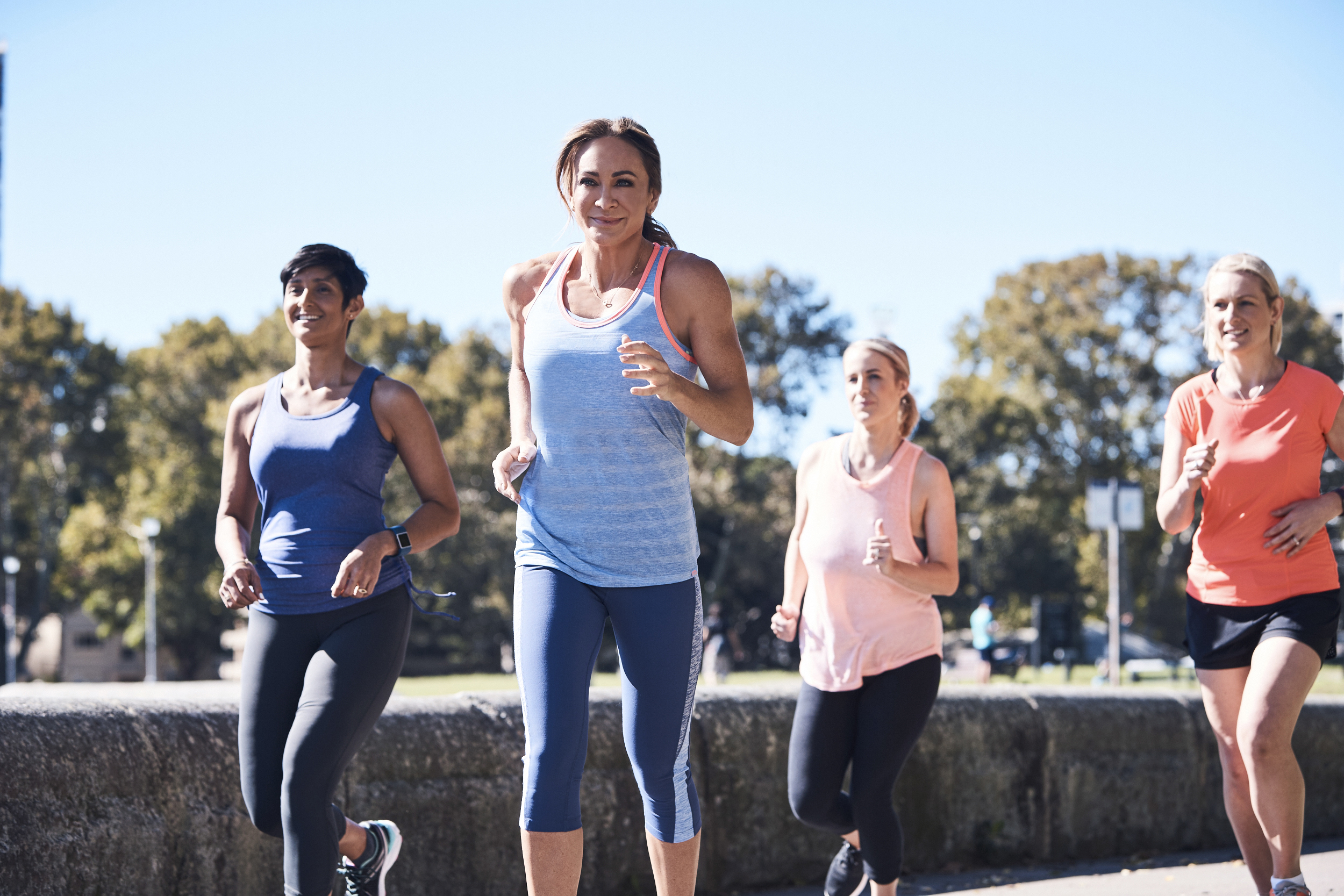









Fantastic, every bit of advice really helps. Feeling motivated.
Thanks
I regularly use my treadmill plus Michelle Bridges DVDs and equipment at home. However when I travel or go overseas, I take along a physio band for resistence. It weighs nothing but is very effective.
Thanks for the fantastic tips on setting up at home. Its time to get myself sorted!
Great tips and great article!
Great ideas right here!
I have made a Michelle bridges gym in my garage. I have all her equipment, a large TV n DVD player that I play her videos that go with the equipment, bare bell, weights, step, resistance bands, boxing gloves, fit ball, hand weights, and other steching eqiuipment. I have rubber pads on the floor, mirrors on the wall and posters for inspiration. It gives me easy access to my gym and a full body workout when I use 2 videos in a session. I love my gym.
looking to buy a treadmill for home.
what are the important features to look for.
any recommendations on brand greatly appreciated.
Hi Jo,
You don’t need too many features on a treadmill – speed (obviously!) and the ability to incline the treadmill are the most important. Everything else is more of a nice to have. There is a huge range of treadmills out there – choose one that fits your needs AND your budget.
Thanks for the tips, and I could not agree more. If you can jog outdoors, you really dont need that much stuff to create a decent home gym. And you can do it on the cheap if you want. No need for the big machines if that is not within your budget.